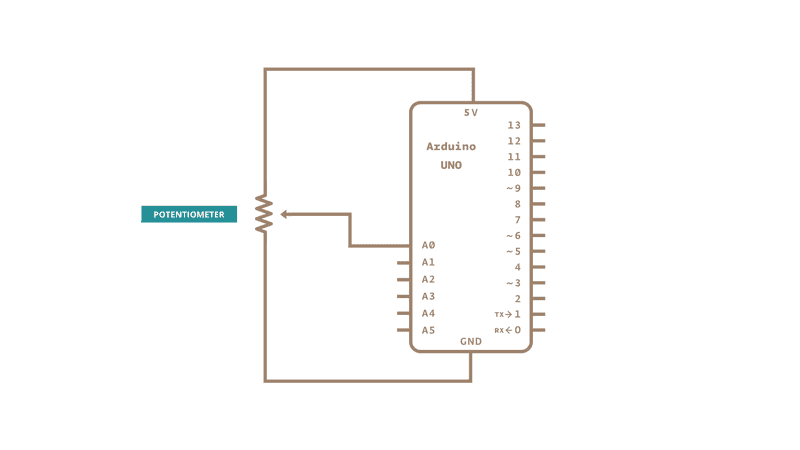


ARDUINO ANALOGWRITE MULTIPLE PINS HOW TO
This example shows how to fade an LED on pin 9 As discussed earlier, we will be using the analogWrite. Discuss the Sketchīelow is the sketch in its entirety from the Arduino IDE: /* Arduino: How to use analogWrite () on multiple pins at the same time Helpful Please support me on Patreon. pins are controlled by on-chip timers, which toggle the pins automatically at a rate of about 490 Hz. Watch in mesmerizing amazement as the LED fades in and out.The button will turn orange and then blue when finished. The button will turn orange and then blue once finished. Plug the Arduino into your computer with the USB cable.Connect the long leg of the LED with the other leg of the resistor using an alligator clip On an Uno, pins 3,5,6,9,10,11 are the PWM pins and output at a frequency of 490 Hz or 980 Hz, with a duty cycle from 1 to 254. You can get these data signals from different things like Arduino Boards Digital pin, from a proper RGB LED controller, and many more.Take either leg of the resistor and place it in pin 9.Take the short leg of the LED and insert it in the GND pin.Step-by-Step Instructions for Fading an LED There are 5 pins on most Arduino boards marked with ‘PWM’ next to the pin number (on some boards it is an “~” symbol) – these pins can be invoked to rapidly change the power being applied at the pin – this is a technique called pulse width modulation (PWM). The function, however, has nothing to do with the analog pins. I experienced much confusion with analogWrite(), because I suspected that it had to do with the analog pins on the Arduino.

Let’s expand the repertoire of output that we can use by looking at the function analogWrite(). If you would like to get access to the full 2nd edition version of this course, check out our training program. NOTE: This lesson is pulled from the first version of our Arduino Course for Absolute Beginners.


 0 kommentar(er)
0 kommentar(er)
